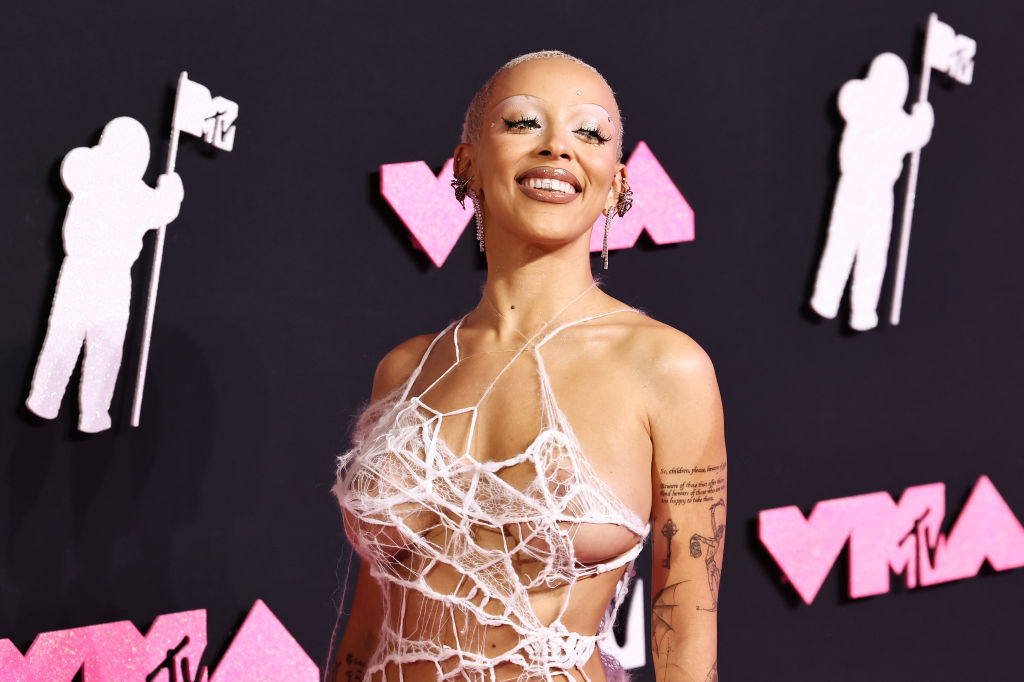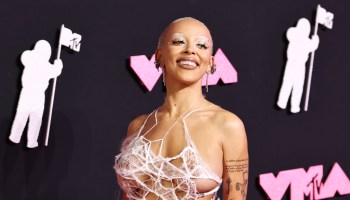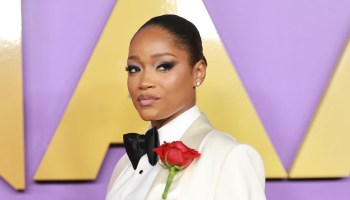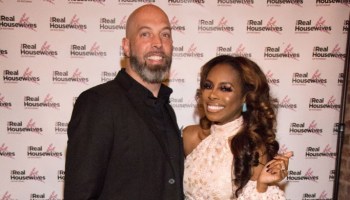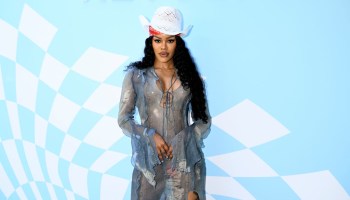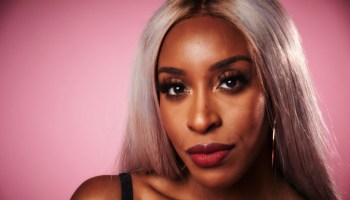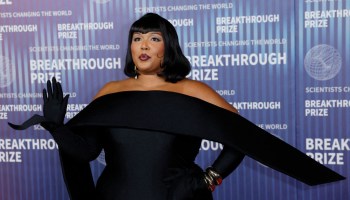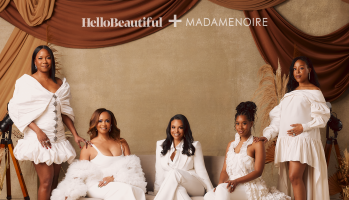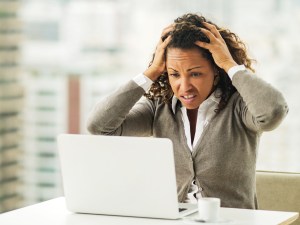
Source: BraunS / Getty
In the midst of the media mania surrounding the Charleston attack and the controversy surrounding Rachel Dolezal, you may have missed some notable news stories of brutality caught on camera.
In Fairfield, OH, two sisters were abruptly arrested at a pool when someone in their party was cited for wearing inappropriate clothes at the resort. As always, the video is disturbing to watch, filled with piercing screams in the audio and shots of a woman that is six months pregnant aggressively being seized and tossed about by a police officer. It eerily harkens back to the horrifying footage we all saw just weeks ago of Black teenagers being arrested with excessive force at another pool resort in McKinney, TX. The McKinney video garnered over nine million views.
Then there are the scores of videos that exist on the Internet of young people assaulting other young people. Just weeks ago, a group of teen boys was arrested following a brutal attack on a student at Martin Luther King high school in Philadelphia. There’s also the video that surfaced a few months ago of Black teenage girls fighting at a McDonald’s in New York.
There’s an expansive history of people uploading and watching videos of individuals disciplining their children, engaging in catfights, school fights, etc. for entertainment or even activism online. These videos are gruesome and embarrassing to say the least. So why do we watch them enough for them to go viral?
Therapist Rick Hupp attributes the phenomenon to the theory that we are mentally wired to seek out violence for various reasons. For one, interacting with images and threats of violence can surge chemicals in the brain like adrenaline and dopamine—something that can eventually feel like a drug for people that are especially drawn to violence.
On the other hand, watching other people experience pain or death helps us manage and externalize our own experiences of those things. Hupp explains that when we project images of violence, it makes it easier to empathize with another person’s pain.
Todd Jewell, Afsheen Moti, and Dennis Coates prescribed similar theories in their book, Violence and Aggression in Sporting Contests. They explained that we enjoy watching violence because it allows us to live vicariously through other people without dealing with the consequences. We’re built to crave violence because it signals a reward and it helps us dispel “destructive energy.”
Watching violence is also a way to subdue other emotions, Hupp explains. If someone is bored or unhappy, they can watch something and their brain gets consumed by the shock of seeing something intense. As a result, the individual doesn’t have to feel deeper feelings of loss, remorse or insecurity.
“Looking historically at what we consider entertaining, there’s just an increasing in intensity in our arousal template, in what excites us.” Ruby Bouie Johnson, LMSW, LCDC, SAP, CSAT Candidate, talks about how society is gravitating more and more towards visual media and macabre, emotionally inducing images. “It’s like passing by a car wreck and you can’t take your eyes off of it. You know that it’s uncomfortable for you psychologically but your head is locked into and it’s like a trance, a fog.” Johnson explains that this isn’t not pathological, however. Everyone is naturally fascinated by these images, as we’ve historically been drawn to visuals of our own mortality.
Therapist Lindsay Walden notes that digital media technologies are also changing the way people think and form instincts. “We have become very used to instant gratification…With the Internet, if you want to find something gory and gross, you can. So I think a lot of it is about access and figuring out ways to not necessarily limit and police the access because anything you make taboo becomes more desirable. But let’s try to understand why the violence exists.”
In talking about the underlying issues to these videos—particularly ones like the McKinney police brutality video, the McDonald’s brawl video, or other videos of miscellaneous fights that have become wildly popular on sites like YouTube and World Star Hip Hop—acknowledging race and the adjoined stereotypes of savagery for Black subjects is an inevitable part of the conversation. Johnson says that as a Black woman, she is concerned about the implication of shame tied to African Americans when images of their bodies being beaten and abused are turned into spectacles and forms of public entertainment.
“I wonder at the level of othering that is involved with that…is there an ulterior motive? I chose not to look at those videos because I don’t want to participate in it,” she said.
Johnson goes on to say that, outside of those interested in exposing authority figures who abuse Blacks when they think no one is watching, Black people who post videos of other Blacks being brutalized may feel a need to take part in the shaming to protect their own ego. Self-deprecation through posting images of like-bodied individuals subdues cancels out the anxiety we feel when we’re being attacked by someone else. She says it is a vicious, unhealthy cycle.
“Consciously or subconsciously, we are keeping our people oppressed with internalized shame,” she added.
All three therapists emphasize the importance of taking care of oneself when confronted with images of violence. Hupp notes that those who surround themselves with positive, supportive friends and partners are less prone to indulging in images of violence to reduce anxiety. Johnson asserts that avoiding violent videos all together is a viable form of self care and activism in its own right. Walden says violence is simply a manifestation of people’s need to be heard and validated, and that dialogue is another option that needs to be utilized more.
“Violence doesn’t have to be a means to an end. We can make decisions and have really great conversations. We just have to take the time to do it.”
RELATED LINKS:
Before You Publicly Shame Your Child On Facebook, Try These 6 Things
Public Shaming & Disciplining Children On Social Media Are The Worst Things Parents Could Do
Friend Request Denied: 7 Annoying Things You Should Stop Doing On Facebook
